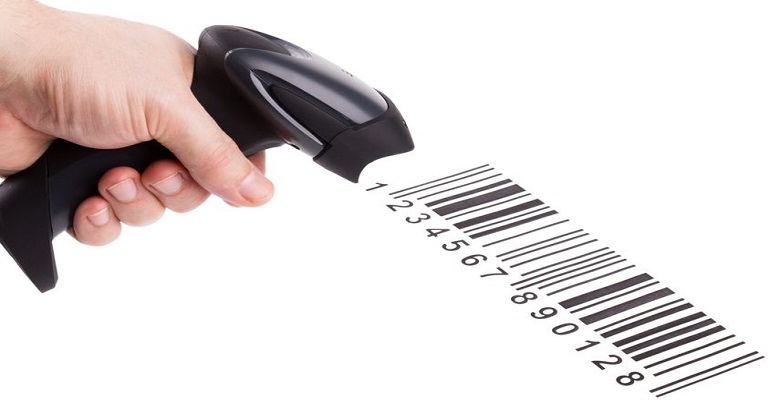
Barcode readers are a crucial device today and are commonly used in various aspects of life. From airports to shopping, scanning a barcode is effortlessly getting things done. However, there was a time when this device that we use every day was considered a future technology. Like the disruptive technologies that amaze humans today, barcode readers were the same before 1952, when the first barcode was created. So, here is a quick walk down the history.
The first barcode
The patent for the first barcode was filed in 1952 and was issued in the same year. The barcode consisted of a bull’s eye image made of concentric circles. It wasn’t anything like the barcodes that we see today. One point to note is that before the barcode system, the grocery store bill, airport check-ins, counting inventory, etc., all had to be done manually! One can easily imagine how time-consuming it used to be with no guarantee of accuracy. Although the first barcode was created in 1952, the first barcode system came around in the 1970s and, these systems became popular in public sectors to make life easier.

Inventing the first barcode and barcode reader system
Barcodes without a device to read them would be of no use. In the 1940s, the Philadelphia grocery chain reached out to Drexel’s teacher named Norman Joseph Woodland. They wanted him to develop a digital system to read out the product information during check out to cut billing time. Norman researched for two years as he experimented with various data collection methods till he found a functional one. He used Morse code to create the barcode, which had dots and dashes. It had extended lines and symbols to make a linear structure.
For the barcode reader, he took inspiration from a device from the sound system of the Lee de Forest movies. The device converted the reflected light into numbers which were very innovative for that time.
Commercialization
Grocery stores were the first public to figure out that they needed a digital system to keep track of inventory and sales. They incorporated the punch card system, but it was expensive to use during The Great Depression. Marsh Supermarket in Ohio was the first one to install the prototype barcode scanning system. After it was successful, more and more grocery chains started doing the same.
A barcode scanning system is advantageous as it saves time and increases the productivity of the check-out system. The customers don’t have to stand in line for long during billing and, cashiers don’t need to toil hard.






